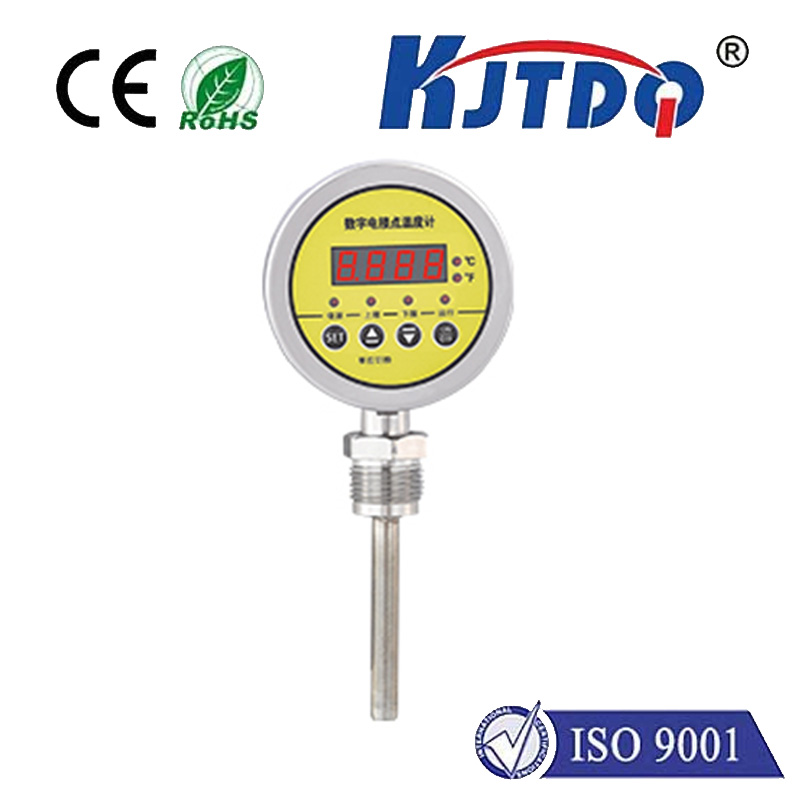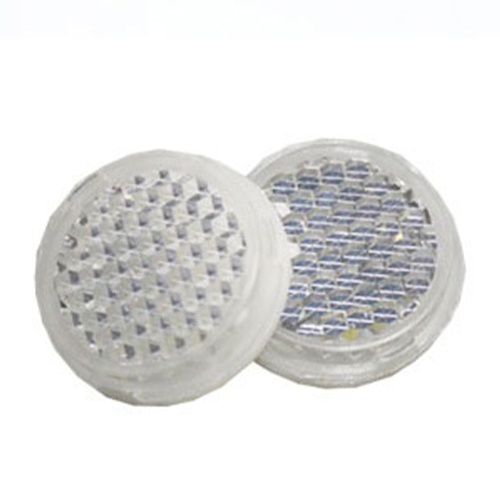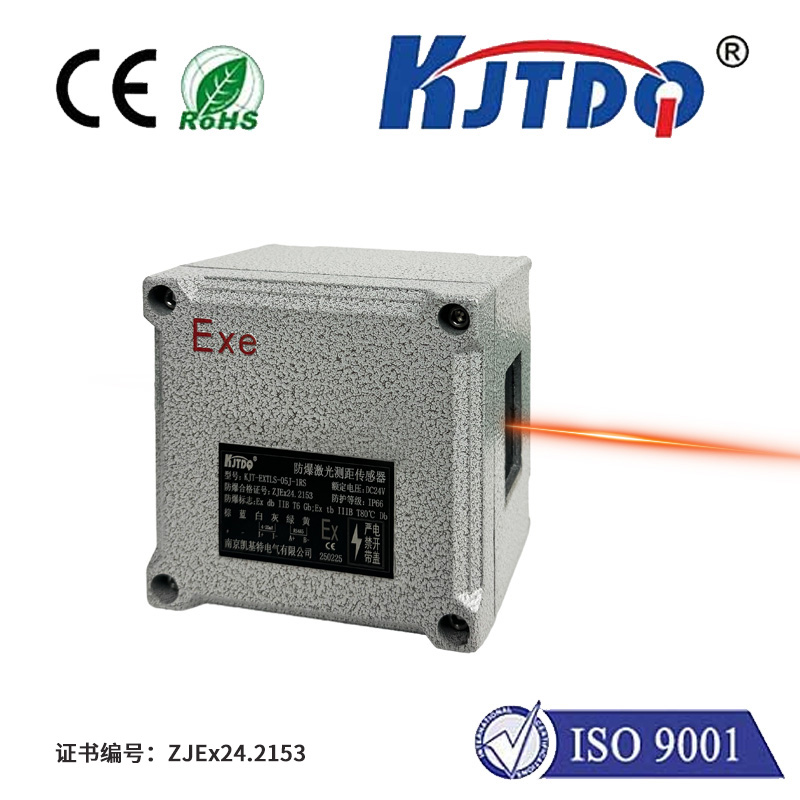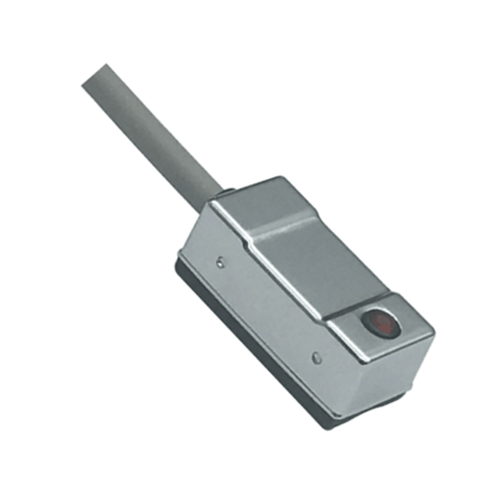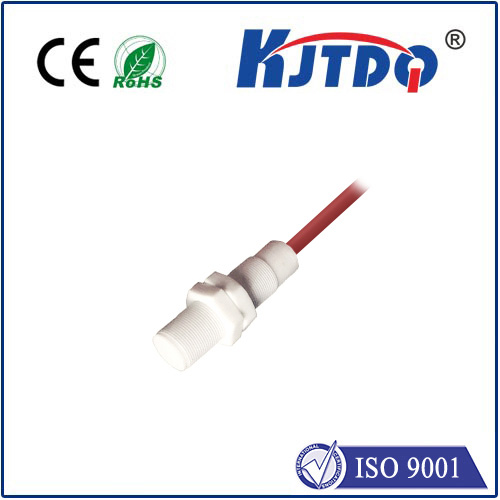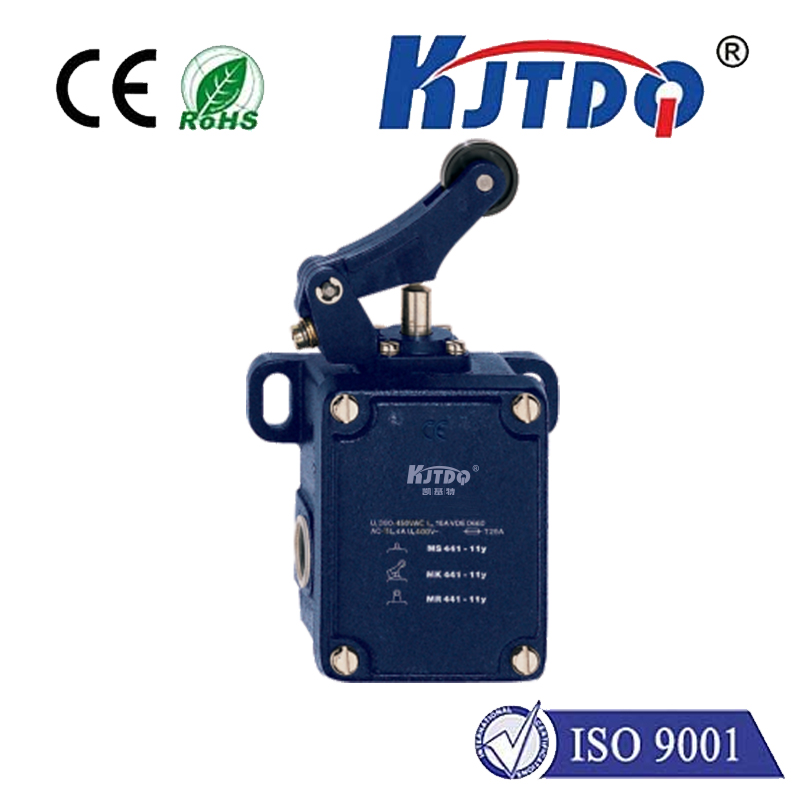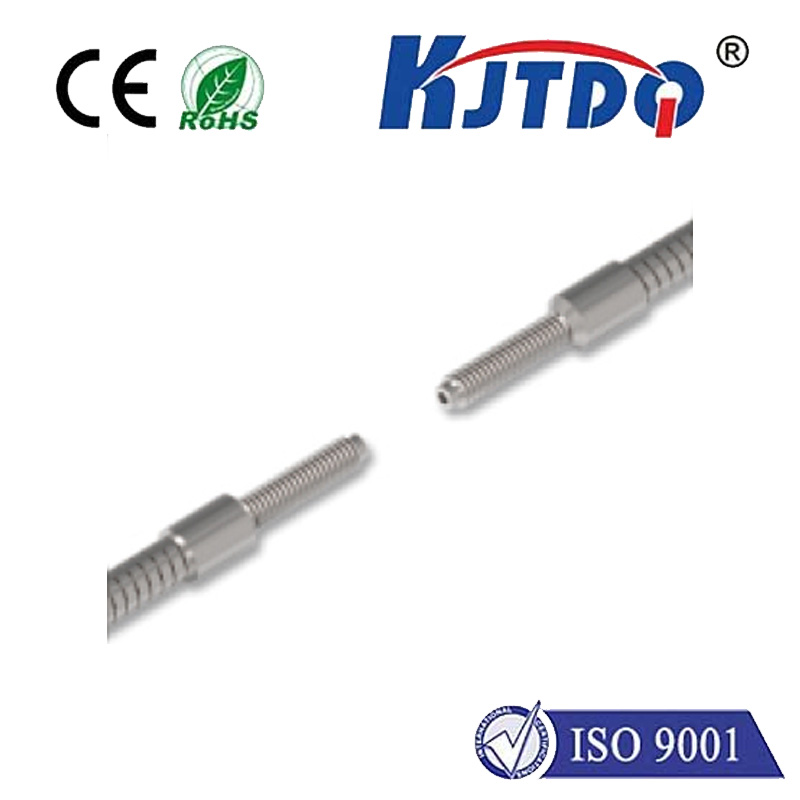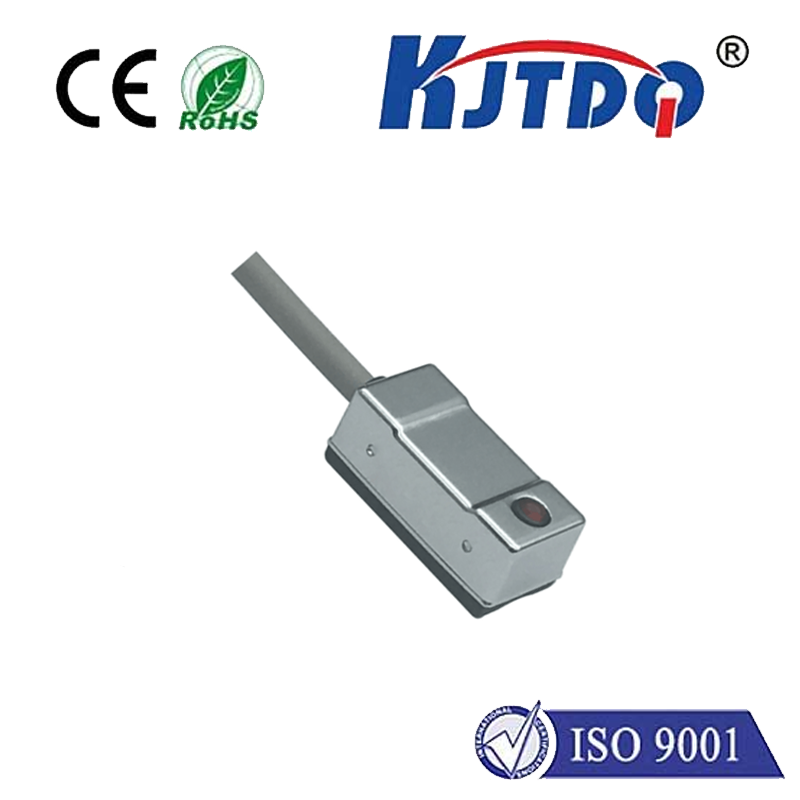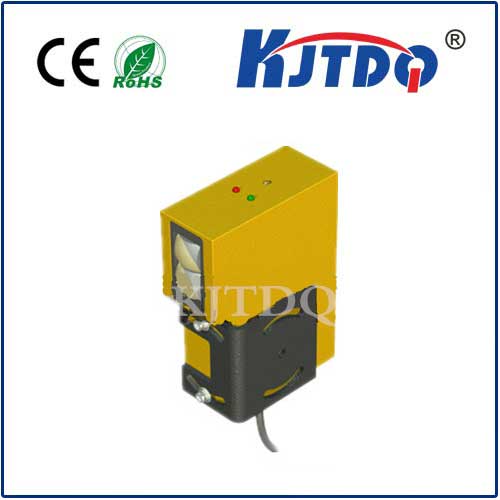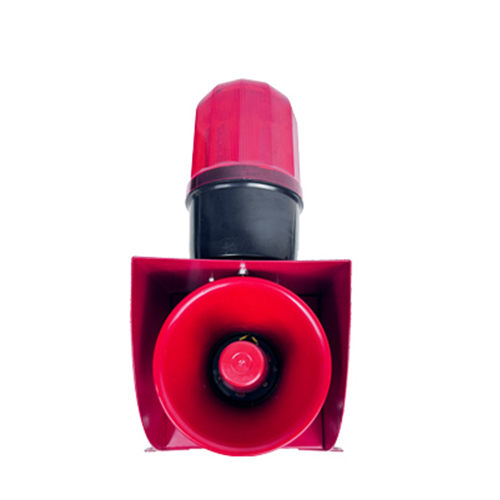In the intricate orchestra of industrial processes and building management systems, maintaining precise pressure control isn’t just desirable – it’s often mission critical. From safeguarding delicate filtration systems to optimizing HVAC efficiency, the ability to accurately measure differential pressure (DP) is paramount. Enter the KAP20 Pressure Sensor, a robust and versatile solution engineered to deliver reliable performance in demanding environments.
Designed for simplicity and durability, the KAP20 exemplifies the principle that effective monitoring doesn’t require complexity. Its hallmark is a compact, stainless steel housing, offering exceptional resistance to corrosion and harsh media. This rugged construction ensures longevity even when exposed to challenging conditions prevalent in chemical processing, water treatment, compressed air systems, or pharmaceutical production. The sensor’s design prioritizes ease of installation and integration, fitting seamlessly into existing setups with standard process connections like G ¼ or ½.
At the heart of the KAP20 lies sophisticated piezoresistive sensing technology. This principle relies on the change in electrical resistance of semiconductor materials when subjected to mechanical stress – in this case, the force exerted by the pressure difference across its sensing element. This change is meticulously converted into a highly accurate, proportional electrical signal. The KAP20 typically provides a standard 4…20 mA output, the ubiquitous industrial language for process control signals, ensuring effortless compatibility with PLCs (Programmable Logic Controllers), SCADA systems, and data loggers.

Differential pressure, the core measurement parameter of the KAP20, signifies the variance in pressure between two distinct points in a system. This is fundamentally different from gauge pressure (measured relative to atmosphere) or absolute pressure (measured relative to vacuum). Understanding this difference is crucial. The KAP20 excels in applications like:
Engineered for versatility, the KAP20 pressure sensor offers a range of measurement spans to suit diverse needs, often starting from very low ranges like 0…200 mbar (or Pa/kPa equivalents) up to higher pressures. Key features enhancing its reliability include:
Beyond its technical specifications, the real-world value of the KAP20 lies in its ability to enhance operational efficiency, reduce downtime, and prevent costly failures. Knowing precisely when a filter needs changing optimizes maintenance schedules and prevents premature equipment wear. Accurate flow data ensures processes run at peak efficiency. Reliable tank level monitoring prevents overfills or run-dry situations. In essence, the KAP20 transforms pressure differentials into actionable intelligence.
While remarkably robust, optimal performance requires correct installation and consideration of environmental factors. Mounting orientation should generally follow manufacturer guidelines to prevent potential errors induced by mounting position. Ambient temperature extremes should be within the sensor’s specified operating range. Selecting the appropriate pressure range for the application is also critical to maximize measurement resolution and accuracy.
For engineers and system integrators seeking a dependable, no-fuss solution for differential pressure monitoring, the KAP20 presents a compelling choice. Its combination of stainless steel resilience, piezoresistive accuracy, and straightforward 4…20 mA output makes it a workhorse sensor ready to tackle monitoring challenges across countless industrial and commercial scenarios. Whether ensuring the purity of a cleanroom air supply, safeguarding a pump system, or optimizing energy use in a large building’s ventilation, the KAP20 pressure sensor provides the critical data needed for informed control and operational excellence. Its compact footprint belies its significant impact on system reliability and efficiency.
